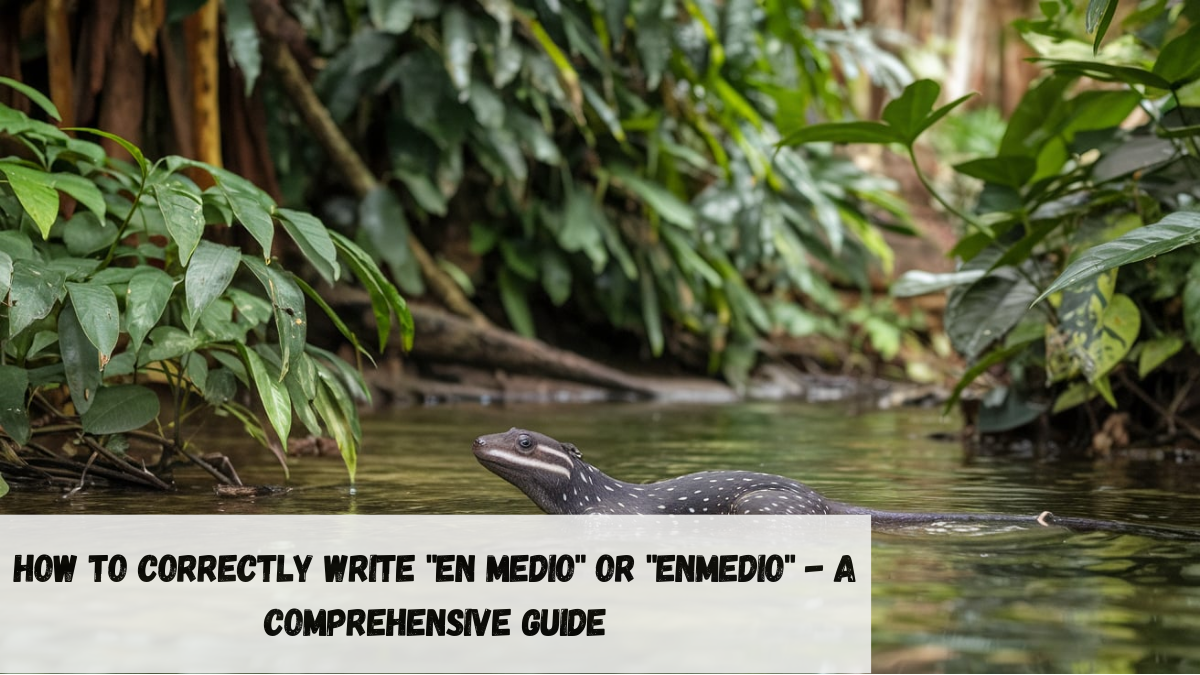Introduction to the Pacarana: A Unique South American Rodent
The Pacarana is one of South America’s most intriguing and rare animals, known for its striking appearance, docile nature, and slow movement. It is a large rodent that can grow up to 15 pounds (7 kg), and its scientific name is Dinomys branickii. The Pacarana is found in the tropical forests of the Amazon Basin, particularly in countries like Brazil, Colombia, Peru, and Bolivia.
The Pacarana is an herbivore, primarily feeding on fruits and plants. Its slow-moving lifestyle, combined with its striking black-and-white striped coat, makes it easy to spot in the wild. One fascinating behavior of this unique animal is its bathing habits, which have been the subject of viral videos like those found on the web, including the link provided in “https://noticviralweb.blogspot.com/2018/02/pacarana-duchandose.html.”
In this article, we’ll explore everything you need to know about the Pacarana, from its natural habitat to its viral moments, including insights into its behavior, characteristics, and the reasons behind its bath-time fame.
1. The Pacarana: A Rare and Fascinating Rodent
The Pacarana is a unique rodent, often referred to as one of South America’s “living fossils.” It’s the only member of the Dinomyidae family, a remnant of a prehistoric lineage of giant rodents that once roamed the Earth. Unlike its more famous cousin, the Capybara, the Pacarana is lesser known but equally fascinating.
Physical Characteristics
- Size: Pacaranas are relatively large, reaching up to 31 inches in length (80 cm) and weighing around 15 pounds (7 kg).
- Coat: Their coat is dark, usually black or brown with white stripes or spots running along their back.
- Tail: They have a short, bushy tail, unlike the long tails of most rodents.
- Limbs: Their legs are short but sturdy, and they are known for their slow, deliberate movements.
Despite being one of the largest rodents in the world, the Pacarana is not aggressive and tends to avoid confrontation with humans and other animals.
2. Understanding Pacarana Behavior
Pacaranas are nocturnal creatures, which means they are most active during the night. During the day, they often seek refuge in caves or burrows, staying hidden from predators. Their slow movement is not a sign of laziness but an adaptation that conserves energy.
Pacaranas and Water: Why They Bathe
Pacaranas have become famous online due to their bathing habits, which are showcased in viral videos like those found at “https://noticviralweb.blogspot.com/2018/02/pacarana-duchandose.html.” These videos show the Pacarana taking a bath, a behavior that is both rare and fascinating.
- Why Do Pacaranas Bathe? Pacaranas enjoy water, and bathing helps them cool down in the hot, humid rainforest climate. Bathing may also help them keep their fur clean and free of parasites.
- How Do Pacaranas Bathe? They are often seen rubbing themselves against surfaces or splashing water on their bodies, using their paws to groom and clean their thick fur.
3. The Bathing Ritual: Why the Pacarana Goes Viral
One of the reasons for the Pacarana’s viral fame is its surprising and endearing behavior when it comes to water. The video at “https://noticviralweb.blogspot.com/2018/02/pacarana-duchandose.html” shows a Pacarana engaging in a playful, almost human-like bathing ritual, which has captured the hearts of animal lovers around the world.
In the video, the Pacarana can be seen carefully dipping into water, almost as if it is enjoying a spa day. This behavior is not only rare but incredibly captivating, as it provides insight into the more intimate side of this elusive animal.
Key Moments from the Viral Video:
- The Pacarana methodically cleaning its fur, demonstrating intelligence and care.
- Its slow, deliberate movements as it splashes and enjoys the water.
- A glimpse into the Pacarana’s gentle, non-aggressive nature.
4. Habitat and Distribution
Pacaranas are native to the rainforests of South America, primarily found in:
- Brazil
- Colombia
- Peru
- Bolivia
They prefer tropical forests and are often found near rivers or streams, which provide them with access to water for bathing and hydration. Their slow movements make them vulnerable to predators, which is why they tend to live in areas with dense vegetation, providing them with natural cover.
Habitat Preferences:
- Dense forests with thick undergrowth, providing cover from predators.
- Caves and rocky outcrops, where they can hide during the day.
- Proximity to water sources, as Pacaranas are known to enjoy bathing and require a humid environment to thrive.
5. The Pacarana’s Diet and Feeding Habits
Pacaranas are herbivores, meaning they eat a plant-based diet. Their diet primarily consists of:
- Fruits
- Leaves
- Bark
- Young shoots
In captivity, they are often fed a diet rich in fruits and vegetables, which mirrors their natural diet in the wild.
Feeding Behavior:
- Pacaranas are known to take their time while eating, often chewing slowly and methodically.
- They prefer fresh, juicy fruits like bananas, papayas, and berries.
6. Conservation Status and Threats
The Pacarana is currently listed as “Vulnerable” on the International Union for Conservation of Nature (IUCN) Red List. This means that while the species is not immediately at risk of extinction, its population is declining due to various factors.
Major Threats:
- Habitat Loss: Deforestation in the Amazon Basin is a significant threat to the Pacarana’s natural habitat.
- Hunting: Though not commonly targeted, Pacaranas are sometimes hunted by local communities for food.
- Climate Change: Shifts in temperature and weather patterns could threaten the delicate balance of their rainforest environment.
7. Viral Fame: How the Internet Fell in Love with the Bathing Pacarana
The video at “https://noticviralweb.blogspot.com/2018/02/pacarana-duchandose.html” highlights how the Pacarana has captured the imagination of people worldwide. The video, showing a Pacarana enjoying a bath, went viral due to its unexpected and heartwarming content. Viewers were surprised by the animal’s gentle nature and its human-like approach to bathing.
Why Did This Video Go Viral?
- Unique Content: There are very few videos of Pacaranas in the wild, and even fewer showing this rare bathing behavior.
- Adorable Behavior: The Pacarana’s slow, methodical bathing routine is both charming and calming to watch.
- Educational Value: The video serves as a rare glimpse into the life of an elusive animal, sparking interest in wildlife and conservation.
8. FAQs About Pacaranas
What is a Pacarana?
The Pacarana (Dinomys branickii) is a rare, large rodent found in the rainforests of South America. It is known for its slow movements and unique bathing habits.
Where do Pacaranas live?
Pacaranas are native to the tropical rainforests of the Amazon Basin, mainly in Brazil, Colombia, Peru, and Bolivia.
Why do Pacaranas bathe?
Pacaranas bathe to cool down in hot weather and to clean their fur. This behavior has been captured in viral videos, including one at “https://noticviralweb.blogspot.com/2018/02/pacarana-duchandose.html.”
Are Pacaranas endangered?
Pacaranas are currently listed as “Vulnerable” due to habitat loss and other environmental pressures.
What do Pacaranas eat?
Pacaranas are herbivores, primarily eating fruits, leaves, bark, and young plant shoots.
9. Final Thoughts
The Pacarana is a fascinating, rare creature that continues to capture the interest of animal lovers and researchers alike. Its gentle nature, slow movements, and adorable bathing behavior make it a unique subject of study. Videos like those found at “https://noticviralweb.blogspot.com/2018/02/pacarana-duchandose.html” help bring attention to the Pacarana, shedding light on its conservation needs and captivating audiences around the world.
As deforestation and habitat loss threaten the Pacarana’s existence, it’s more important than ever to raise awareness about this incredible species. With continued efforts in conservation and a growing interest in its viral fame, there’s hope that the Pacarana will continue to thrive in its natural habitat for years to come.




